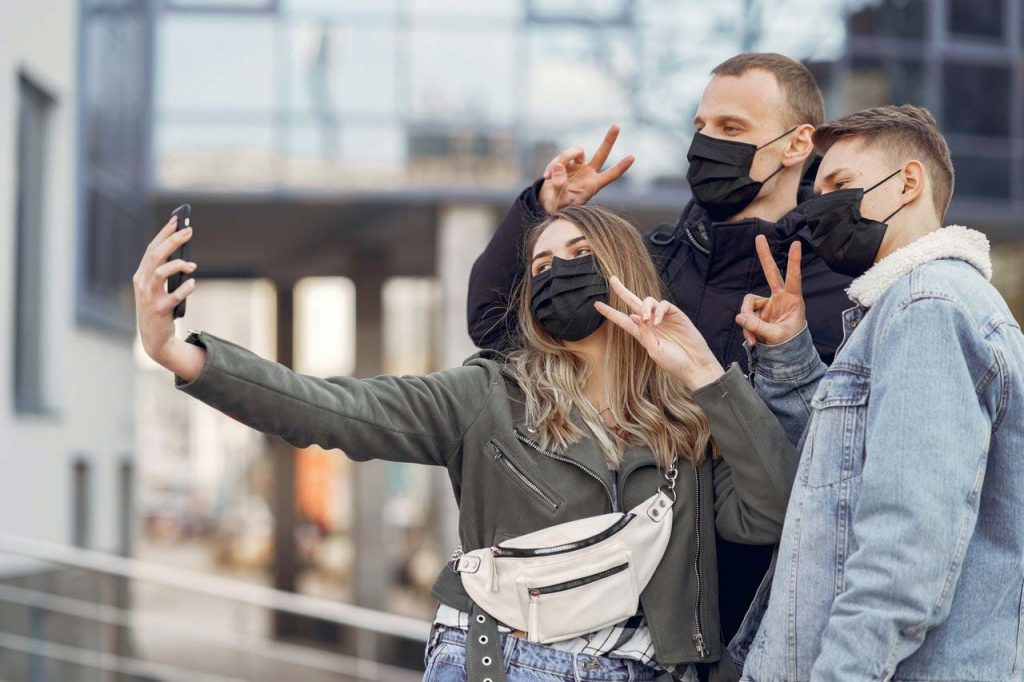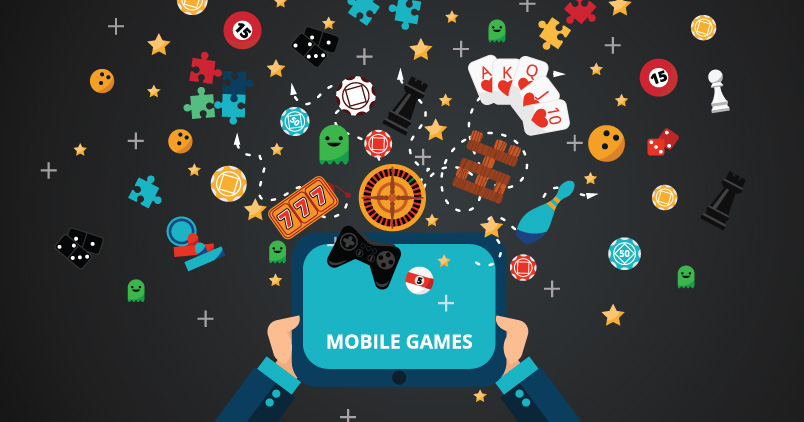The COVID-19 pandemic has disrupted global supply chains, impacted the economy, and changed the way consumers live their daily lives. As a B2C industry, the mobile game industry also shifted in response to consumer behavior — with more people at home due to stay-at-home restrictions, free mobile games saw a surge of activity. According to data from SensorTower, the first three months of 2020 saw a record 13 billion mobile game downloads, up two billion from Q3 2019. User spending has also been rising steadily throughout 2020, growing 8% between February and March, and 10% the following month. But crucially, consumers are also changing the way they play: Instead of enjoying a brief session during a commute, they are extending playtime with apps that provide richer experiences and long-term play.
Though for the moment these trends have buoyed developers, uncertainty lingers. As a global recession looms, developers question where they should commit resources. Is it best to invest in new games, or double-down on existing titles? While it’s always best to hedge your bets by maintaining a pipeline, it’s an ideal moment to prioritize loyalty. By giving users reasons to play longer, return more often, and remain loyal, developers can increase long-term engagement and drive more revenue now and long after COVID-19 is over.
Let’s look at some of the ways that mobile developers can increase engagement, retention, and revenue during these unprecedented times.

Loyalty programs
Loyalty programs are an excellent way to celebrate top spenders and long-term players, showing them how much they’re valued, but also offer great incentives for those newer players. Mobile games that effectively implement loyalty programs can see benefits such as increased sessions, longer session lengths, and higher engagement — all of which translate in more in-app purchases and ad revenue.
Loyalty features can be applied to any IAP-based game, activating when players make purchases or just open the app. All developers need to do is offer digital rewards with no marginal costs, such as:
Virtual currency
Virtual currency is already baked into most in-game economies, making it an ideal loyalty reward for increased visits or session length. Points can be redeemed for currency, enabling players to buy items that extend their gameplay or drive deeper engagement. These loyalty rewards also introduce users to the perks of in-app currency, proving its value to non-payers and increasing conversions and spend over time. This approach is applicable across various genres — the only prerequisite is an in-app economy. It can also work alongside existing monetization strategies, such as rewarded advertising.
Exclusive content
Another way to cultivate loyalty is by offering loyal players exclusive content. If users join a membership program or reach specific loyalty benchmarks, they can unlock cosmetic items, bonus levels, daily loot boxes, and more. The cost of producing such items is marginal, yet they tend to have high value among engaged users. You can even go a step further and offer exclusive physical rewards for your most loyal players, like T-shirts or other game merchandise.
VIP access
Beyond currency and content rewards, loyalty can unlock access to all kinds of exclusive benefits. One popular technique is to offer VIP membership to long time players and big spenders in your game. This program can incorporate free content described above or provide exclusive discounts on IAPs. This type of program is most effective when it rewards consistent, daily engagement. Each day they come back, the rewards increase. Miss a day, and you may have to work back up to VIP status.
Best practices
What goes into a successful loyalty program? While it can vary by mobile game category, here are a few general best practices to keep in mind:
- Make loyalty features part of the game: When implemented successfully, loyalty programs add a meta-gaming element, as players try to maximize their benefits. Lean into the dynamic with gamification elements that are satisfying for players.
- Optimize currency and loyalty point distribution: Virtual currency and in-game items are easy to distribute, but you shouldn’t offer them carelessly. If you’re too generous with points early on, they will have little reason to keep playing or to browse your storefront. Use data to find the optimal value that will engage players and stimulate in-app purchases.
- Facilitate a relationship with players: Create connections with players by offering meaningful rewards. Not only will this approach boost short-term revenue, but it will almost certainly enhance long-term loyalty as well.
Pricing optimization
Right now, IAP spend is on the rise as users seek out complex and immersive game experiences — particularly during these isolating times. A key factor in improving loyalty and user LTV is having appealing, fair in-app purchases with a clear value proposition. With the right pricing optimizations, developers can align in-app prices with what people are willing to spend on each transaction, and encourage more IAP conversions.
The core function of pricing optimization is to boost conversions and increase the number of transactions. Depending on your category, there are a variety of optimization techniques for new players:
- Increase tier value: Add more virtual currency to lower-priced tiers, increasing value while encouraging conversions.
- Add higher-value tiers: Offer an additional, high-value tier for players who are spending more than ever before.
- Adjust global pricing: Optimize pricing per country based on regional purchasing power. The App Store and Google Play stores provide auto-generated conversion rates for IAP pricing, but these don’t account for differences in purchasing power on a per-country level, and shifts in behavior. Now, more than ever, machine learning can help deliver a fairer pricing experience to users in more volatile economies. At wappier, we’ve seen this practice improve ARPU by as much as 80% outside of the U.S.
- Improve user interface: Optimize the user interface to ensure that players can easily find your in-app storefront and quickly grasp each item’s value. If they can’t tell why it’s on the menu, they’re not going to make a purchase.
Community support
Many people are struggling to come to grips with COVID-19 and the transformative changes rippling through our communities. While developers may “just make mobile games,” they can still take action to acknowledge this challenge and make a difference — whether at a local or global level. They can also use their games as a platform to express unity and solidarity during these challenging times.
Mobile games have a global reach, which means there is quite a bit you can do with the right charitable partners. In April, popular word game developer MAG Interactive donated all global earnings in QuizDuel for a day to COVID-19 relief efforts. In May, MegaFans held an eSports tournament in the Candy Boo app while giving 80% of in-app revenue to IGDAF.
The exact initiative you support will depend on your audience and means, but here are a few ways you can help:
- Special content offers: Offer limited-time, exclusive promotions, such as a pricing tier that donates proceeds to charity
- Unique events: Bring your community together for an in-game event encouraging COVID-19 relief
- Promote essential workers: Promote other apps and initiatives that support essential workers, healthcare professionals, and food deliveries
- Link to accurate COVID-19 resources: Put players in touch with resource pages and social media channels offering the latest COVID-19 updates and resources.
Empathy over opportunity
As mobile game developers and human beings, we shouldn’t express false empathy about the challenge of COVID-19. Players can see right through opportunistic attempts to sell something, harming your community in the long run. What you can do is offer them something of real value that keeps them coming back, making the pandemic a little easier to tolerate.
COVID-19 won’t last forever. When it passes, that support you show to users is what they’ll remember — and they’ll be all the more loyal for it.
First published by www.cocos.com






